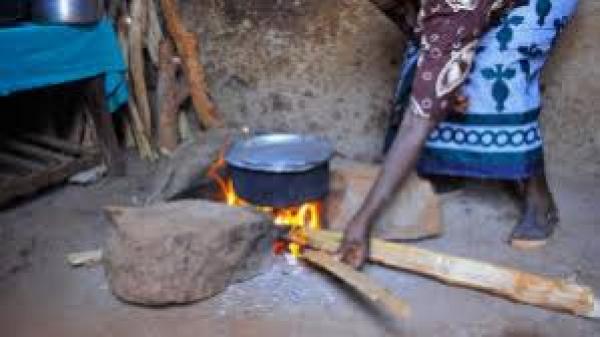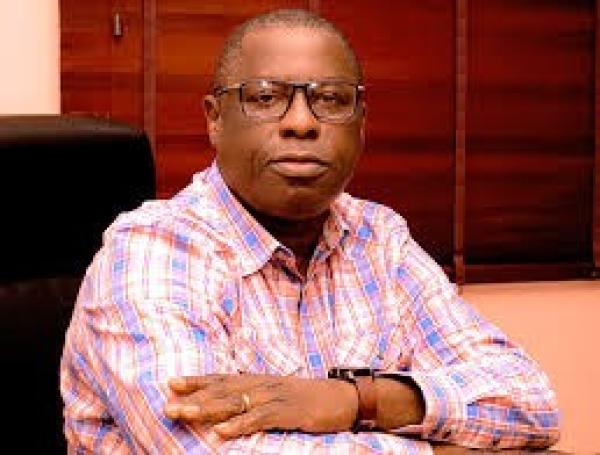
The Nigerian Bureau of Statistics has advised the Federal Government to promote the re-planting of trees as more than 17 million Nigerian households have embraced the use of firewood as a cooking fuel alternative, in the wake of biting hardship across the country.
A new report ‘NIGERIA RESIDENTIAL ENERGY DEMAND-SIDE SURVEY REPORT 2024’ by the NBS in collaboration with key stakeholders such as the Federal Ministry of Power (FMP), Energy Commission of Nigeria (ECN), European Union (EU), and the International Energy Agency (IEA), is geared towards decarbonisation and the promotion of an efficient energy supply that will support rapid economic growth and development.
According to the report, 40.7 per cent, approximately 41 per cent of Nigerian households purchased fuelwood (firewood) in the last 30 days.
The report had x-rayed a total of 63,742,899 household members (48.2% female, and 51.8% male), giving a total of 12,734,044 total households across the six geo-political zones of the country, namely: Akwa Ibom, Bauchi, Ekiti, Oyo, Enugu, Kwara, Plateau, Kano, and Sokoto.
According to Worldometer, Nigeria’s current population as of October 2024 is 234, 243, 959 million and 42,057,041 million households.
A breakdown of 41 per cent of 42,057,041 million households gives a total of 17,243,386 million households who can not afford cleaner means of preparing their meals, and have to resort to the use of firewood.
Nigeria’s Energy Transition Plan which aims to achieve net-zero emissions by 2060 as declared at the 2021 UN Climate Change Conference of the parties (COP26), has expressed the commitment of the nation to diversify our energy sources.
A man salvages cooking gas cylinders from the ruins of a shop belonging to his brother-in-law in Pemenang, northern Lombok on August 10, 2018 following the August 5 earthquake. The death toll from a shallow 6.9-magnitude earthquake on the Indonesian island of Lombok has surged above 300, a senior minister said.
“About 41 per cent of households reported purchasing fuelwood, closely followed by cutting/collection (39.0 per cent), and only 18.9 per cent of households used other means such as barter, gift, borrowing etc.
“More than half of the fuelwood cut/collected by households are branches, stems, and trees. The results reveal that 55.3 per cent of fuelwood cut/collected were branches, stems and trees, while 67.8 per cent of households used fuelwood either for domestic, agricultural, commercial, cultural or religious purposes,” the report read in part.
The survey also found that one in every five households (22.0 per cent) used charcoal during the reference period.
Restoration
Among households using charcoal, 21.6 per cent purchased the product, and only 0.3 and 0.6 per cent acquired it through their own production, and other means respectively. Furthermore, the results show that 19.4 per cent of households reported, using LPG during the reference period. This means that about one in every five households use LPG.
The average monthly expenditure on LPG stood at N10,239.7 across the surveyed states.
Over 58 per cent of households are connected to the national grid across the nine states surveyed, and 86.6 per cent had electricity supply during the reference period. Out of the total households connected to the national grid, 85.2 percent used an estimated billing system while 14.8 percent reported using a pre-paid billing system.
In addition, the average monthly expenditure of households on electricity was estimated at ₦4,155.8 during the reference period.
“It is recommended that following the wide use of fuelwood, the government should promote the re-planting of trees and the use of clean energy such as LPG, wind, solar etc, to reduce environmental problems such as air pollution, climate change, water pollution, thermal pollution, and solid waste disposal,” the report advised.
In addition, NBS said the government should encourage the establishment of more Liquefied Petroleum Gas (LPG) stations and local production of gas cylinders, and other accessories with added value to lower the end-user’s cost; and optimise electricity generation by decentralising the national grid through mini-grids.
The report comes in the wake of consistent collapse of the national grid, with the latest being the North states thrown into total darkness for nine days as of Tuesday.
Gas consumers
Residents carry cooking gas cylinders along the Airport Road in Abuja on April 18, 2020 during the ongoing lockdown aimed at containing the spread of coronavirus. Sodiq Adelakun/Channels TV
The Nigerian Electricity Regulatory Commission (NERC) First Quarter 2023 Report reveals that 28 grids are connected to generating plants, yet the infrastructure falls short of meeting the peak demand of 32 terawatt hours, leaving approximately 92 million Nigerians unconnected to the national grid.
“This deficiency is projected to worsen without substantial sectoral investments, inadequate transmission lines result in power outages. As of 2022, the existing generation capacity stood at 25,633Ckm of line length which is expected to rise to 29,226Ckm by 2028,” the report added.






















